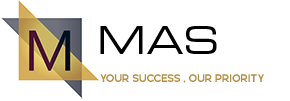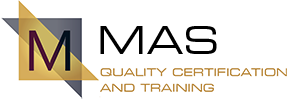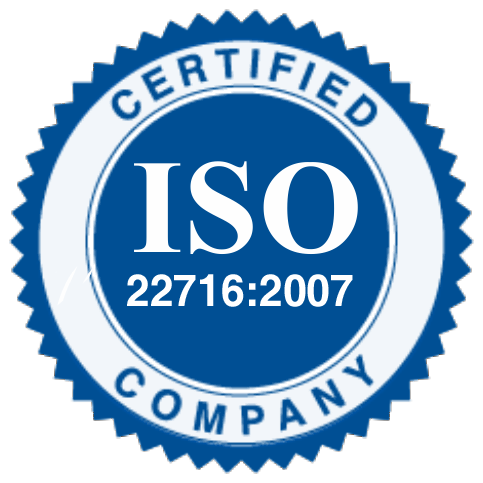ISO 9001:2015 QMS
ISO 9001 is the international standard that specifies requirements for a quality management system (QMS). Organizations use the standard to demonstrate the ability to consistently provide products and services that meet customer and regulatory requirements. It is the most popular standard in the ISO 9000 series and the only standard in the series to which organizations can certify.
ISO 9001 was first published in 1987 by the International Organization for Standardization (ISO), an international agency composed of the national standards bodies of more than 160 countries. The current version of ISO 9001 was released in September 2015.
The standard has been written using a new high-level structure found in all new management systems standards allowing for easy integration with other standards within an organisations management system.
The most significant change to ISO 9001:2015 is the Annex SL high-level structure. In addition, several terms have changed, including the use of products and services in place of product, a shift to improvement as opposed to continual improvement and purchasing and outsourcing will be replaced with external provision of products and services. The new standard also speaks about the identification and of needs and expectations concerning interested parties. There is a greater emphasis on the production of desired outputs and process management in general. Risk is another frequently discussed change within the new standard. What was once referred to as preventative action has evolved to require organizations to employ risk-based thinking. Further to these changes, there is no longer a requirement for a quality manual, however, while documentation procedures will be less prescriptive, requirements for documentation of information will be more explicit.
Who Should Use ISO 9001:2015 Quality Management System Revision?
ISO 9001:2015 applies to any organization, regardless of size or industry. More than one million organizations from more than 160 countries have applied the ISO 9001 standard requirements to their quality management systems.
Organizations of all types and sizes find that using the ISO 9001 standard helps them:
What Topics Does ISO 9001:2015 Cover?
ISO 9001 is based on the plan-do-check-act methodology and provides a process-oriented approach to documenting and reviewing the structure, responsibilities, and procedures required to achieve effective quality management in an organization. Specific sections of the standard contain information on topics such as:
Objectives of the ISO 9001 Revision
The new ISO 9001:2015 is meant to:
What are The Benefits of ISO 9001?
ISO 9001 helps organizations ensure their customers consistently receive high quality products and services, which in turn brings many benefits, including satisfied customers, management, and employees.
Because ISO 9001 specifies the requirements for an effective quality management system, organizations find that using the standard helps them:
Our Services
Contact Us
- 19 Mohamed Abdullatif St. Off Zaghloul - ElHaram - Giza - Egypt
-
(002)02233846193
(002)01271203056 - certification@Mas-esc.com





